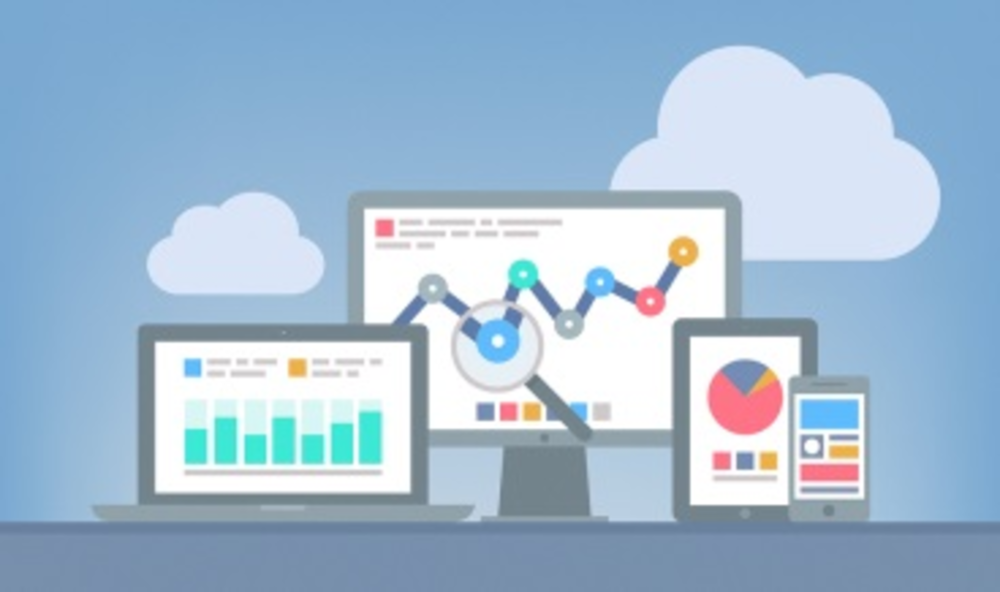2014 is overflowing with data and analytics trends. If applied correctly these strategies can help marketers be more effective in their campaigns. Direct Marketing News had a one-on-one conversation with chief marketer Jim Davis, SVP and CMO of data software giant SAS, which develops systems to manage advanced analytics, business intelligence, and predictive analytics. “It’s not just about coding,” Davis says. “It’s about learning how to look at that data and finding something meaningful.”
Davis gives four top trends already making waves in the first quarter of this year. He explains how each gives marketers the opportunity to leverage the information they have, and most important, produce winning strategies.
Connect the dots: visual analytics
The illustration of data allows marketers to break down huge sets of information and gives insights into both small and big amounts of data. Davis says that with visual analytics, analysts can easily see the correlation of different variables—and in effect, marketers can connect the dots. “Visual analytics is easy to use. It’s intuitive,” Davis explains. “It allows you to see [what data] you might want to use to predict future aspects of your business.” He says, in the past, culling data was much more cumbersome—perhaps requiring a background in coding. But with visual analytics such as graphs and charts, marketers can not only make sense of data, but also can share that information on a larger scale. “It’s helpful because everybody is operating off of the same page when it comes to [understanding] the data.” Davis adds that getting that data out quickly can help drive marketing plans. “Once you visualize the data, you can see interesting trends, predict, and then make decisions.”
On the go: mobile data
Marketers should be able to analyze data from anywhere. “Mobile is anything that’s not tethered to your desktop or your office,” Davis says. “You should be able to interact with data on the mobile device, and then you can begin to filter and take action on it.” He says mobility makes for fast data—a way for companies to quickly apply those insights and for customers to instantly give their responses. “Mobile data provides opportunities for an instant offer,” Davis explains, “[and] can be used to provide a positive experience.” He says mobile devices also supply marketers yet another point to capture data. “Marketers want that information,” Davis says. “What [customers] are looking at, when they’re looking, and even what else they might be interested in.” Mobile data, he notes, helps marketers determine customers’ propensity to respond to offers.
Back to the future: predictive analytics
“Predictive analytics is probably the hottest spot in the software market today,” Davis says. “It can be a strong differentiator over the competition.” Davis adds predictive analytics is all about using data to forecast future aspects of business, understanding which customers are likely to respond to a particular offer, and knowing which customers might be leaving. Even outside the customer space, he says this set of data can even help businesses predict a breakdown in manufacturing, such as on an assembly line. “If you can predict future aspects of your business, you can be proactive in your decision making.” He says that predictive analytics allows marketers to either maximize a trend or simply cut their losses.
The sky’s the limit: analytics in a cloud
Davis says the continual growth of cloud technology is a way to even the playing field for marketers at small and medium-size companies. “Smaller and medium-size businesses ought to be able to take advantage of big data, too,” Davis says. “The cloud is going to help facilitate that.” He says the power, technology, and resources once reserved for large entities is now available to smaller companies on an as-needed basis. No hardware. No software. No large IT teams. Just a subscription to cloud services. “That’s why,” Davis explains, “you’re seeing—particularly in marketing—a lot of success for companies that are providing these services. Marketers get flexibility.” Davis says rather than investing loads of money into an infrastructure, marketers can simply license services and use resources for other aspects of their campaigns. “It allows a marketer to begin to fully experiment.”








